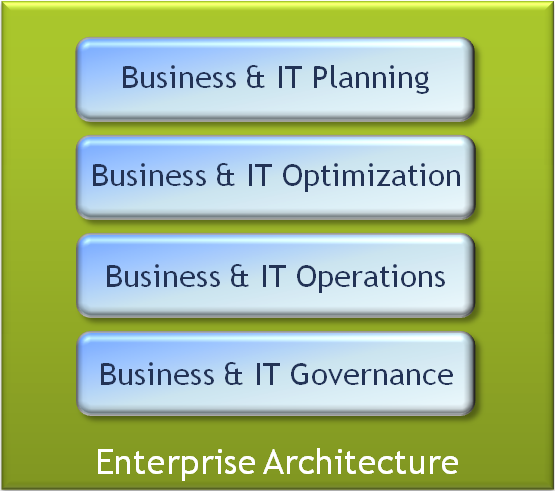Hi,
I’m trying to visualize the lifecycle state of the inputs and outputs created by a function object in an EPC model. Currently we are using the object ‘Technical Term’ as inputs and outputs. One possibility would be to create new variants for every new state of the deliverable. But we would like to keep the number of deliverables as low as possible, so that method is not an option.
Instead of using the attribute of the object, I tried to use the connection attribute and freely placed the attribute so that the attribute was viewed under the object, see picture 1 and picture 2.
Picture 1
Picture 2
It works fine when only connecting one input and output deliverable, but when connecting several deliverables and other objects to the function the freely placed attributes are not displayed under the technical term object, see picture 3.
Picture 3
Is there a way of changing the “starting position” of the free placement functionality to the end of the connections for output connections and from the beginning of the input connections, instead of from the middle of the connection?








